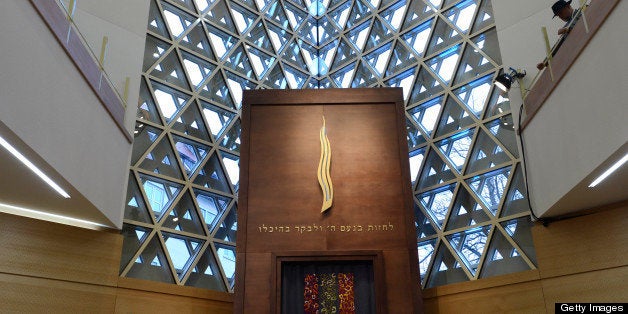
I recently read an article ("The Only Thing Apple Really Sells") that made me think about what it is that synagogue movements really sell. The gist of the article is that Apple does not sell hardware, software or cloud-based solutions. Rather, Apple sells an ecosystem. Their products and services are "one-way tickets to platform archipelagos, to fiercely guarded fiefdoms where everything works in harmony within walls that are high and strong. And the longer you're inside, the harder it is to leave." The author of the article goes on to say, "That's (an ecosystem) the endgame. An ecosystem so interconnected, entwined so tightly, that you can't leave even if you wanted to. It's not hardware, or software. It's a family of products, apps, services, and accessories with the gravitational pull of a black hole. And Apple, today, simply does it better than anybody else."
Do denominational synagogue lay and professional leaders understand that they are really selling a Jewish ecosystem? Or, do they fall into the understandable default position of selling "membership" (a single product). What's the difference between the two approaches?
Thinking of a denominational congregation as a part of an ecosystem means that camps, youth groups, regional and national learning opportunities, ritual and prayer, and national and international social networks are all a part of the benefits of membership. Thinking of a congregation as an ecosystem would mean that congregational leaders would be working obsessively on connecting members with the multi-faceted programs, relationships and communities that they could tap into at all stages and ages of life. And it would mean that denominational headquarters would be working with congregations to remove barriers and add incentives to help get members into the web of regional, national and international options that they offer (or could develop). With that kind of shared responsibility for ongoing involvement between local and national leaders, members might begin to feel that their involvement is an indispensible part of their lives.
But the current focus of many synagogues on maintaining and acquiring new members suggests a much narrower message, namely that someone is joining an organization that they can easily "unjoin." A membership mentality often conveys the unintended meaning that we know that you are using the synagogue for a particular service at a particular point in time. (And the kinds of opportunities that used to be exclusively in the synagogue's domain, like lifecycle celebrations and adult learning are now available on the open market!) In this mindset, leaders may forget to expose members and potential members to the larger web of opportunities available to them.
I know that the analogy is not perfect, but it is instructive. Thinking of the congregation as an ecosystem helps to focus leaderships' attention on the holistic needs of individuals as they grow. Chabad seems to have figured this out, although it's not entirely clear to me why they are more successful than other denominational movements. But in order to present your congregation as an ecosystem, you have to be one. There has to be a conscious, integrated effort to get all of the departments of the congregation to stop acting like compartments. And denominational headquarters and local synagogues have to offer seamless paths of engagement.
Hayim is a national thought leader, author and organizational futurist and C.E.O. of HayimHerring.com.